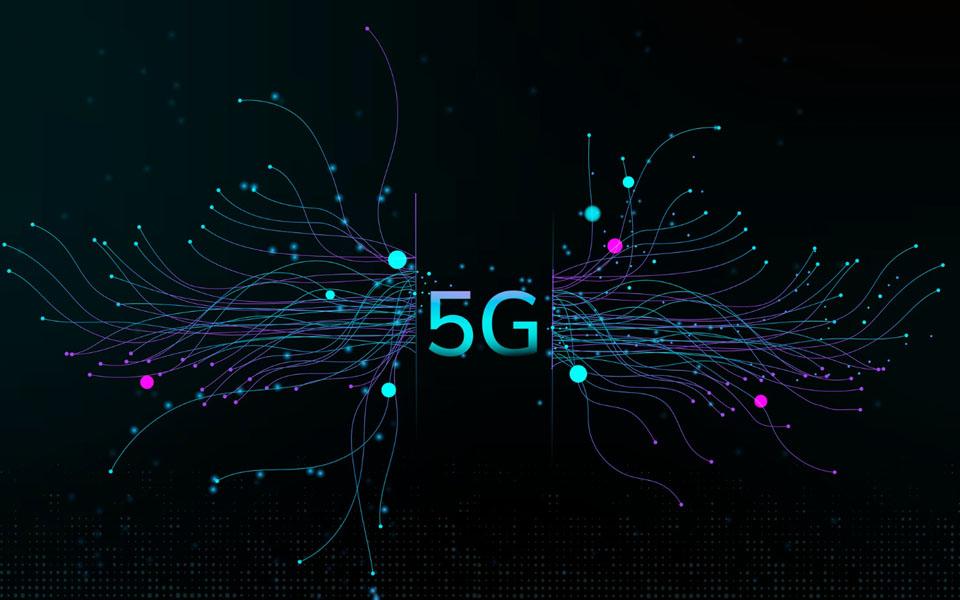Unlocking the Potential: Device-to-Device (D2D) in 5G Network Architecture
In the ever-evolving landscape of wireless communication, the integration of Device-to-Device (D2D) communication in 5G network architecture stands out as a transformative feature. This article explores the intricacies of D2D communication in the context of 5G, shedding light on its architecture, supervision techniques, and the myriad of services it enables.

D2D in 5G Network Architecture
Integration with 5G NR (New Radio)
D2D communication seamlessly integrates into the 5G New Radio (NR) standard, marking a departure from traditional cellular communication paradigms. With 5G NR, devices can engage in direct communication without relying solely on a centralized base station. This integration not only enhances the efficiency of communication but also sets the stage for reduced latency and improved overall network performance.
Sidelink and Uplink Communication
A distinguishing feature of D2D in 5G is its dual functionality in sidelink and uplink communication. In sidelink scenarios, devices communicate directly with each other, bypassing the traditional cellular infrastructure. Simultaneously, D2D can be employed for uplink communication, where devices communicate with the base station via direct links, introducing flexibility and versatility in the communication paradigm.
Proximity Services (ProSe)
The standardization effort within 3GPP known as Proximity Services (ProSe) plays a pivotal role in defining specifications for D2D communication. ProSe encapsulates both direct communication between devices and communication via evolved NodeB (eNB), providing a standardized framework for the seamless integration of D2D into 5G networks.
Supervision Techniques in D2D Communication
Resource Management
Efficient resource management is paramount in D2D communication to mitigate interference and optimize resource utilization. Dynamic spectrum sharing, power control mechanisms, and interference management techniques are deployed to ensure the coexistence of cellular and D2D communication, fostering a harmonious network environment.
Beamforming and MIMO (Multiple Input Multiple Output)
D2D communication benefits significantly from advanced technologies such as beamforming and Multiple Input Multiple Output (MIMO). These technologies enhance signal quality, reduce interference, and contribute to the overall reliability of D2D links. Beamforming, in particular, enables directional signal transmission, focusing energy precisely where it is needed and minimizing signal spillage.
Coordination and Scheduling
Effective coordination and scheduling mechanisms are imperative for managing D2D connections seamlessly. Whether centralized or distributed, these algorithms play a crucial role in optimizing communication channels, preventing conflicts, and ensuring the efficient use of network resources. The ability to dynamically adapt to changing network conditions is a key aspect of successful D2D coordination.
Services Enabled by D2D Communication
Public Safety and Emergency Services
D2D communication emerges as a lifeline in critical situations, providing a direct communication channel between devices without reliance on centralized infrastructure. In public safety and emergency services, where immediate and direct communication is paramount, D2D plays a crucial role in ensuring timely and effective response mechanisms.
Content Delivery
The integration of D2D in 5G opens up new avenues for local content delivery. Devices can communicate directly, reducing the load on the core network and improving the speed of content delivery. This is particularly beneficial in scenarios where high-bandwidth content needs to be delivered swiftly and efficiently.
Collaborative Edge Computing
D2D communication facilitates collaborative edge computing, allowing devices to pool their computational resources for distributed computing tasks. This is instrumental in enabling edge computing applications and services, where processing closer to the data source is essential for minimizing latency and improving overall system performance.
Location-based Services
The direct communication capabilities of D2D unlock the potential for enhanced location-based services. Devices can exchange location information directly, enabling a new generation of applications and services that rely on precise location data. This is particularly relevant in contexts such as navigation, tracking, and location-based recommendations.
Challenges and Considerations
Interference Management
While D2D communication brings forth numerous advantages, it introduces the challenge of managing interference between direct device-to-device links and traditional cellular links. Robust interference management mechanisms are essential to ensure that D2D communication enhances rather than disrupts the overall network performance.
Security and Privacy
As D2D communication becomes more prevalent, ensuring the security and privacy of the communication channels is paramount. Robust encryption, authentication mechanisms, and privacy-preserving protocols are essential components to safeguard user data and maintain the integrity of D2D communication.
Horizon Powered Devices: A Catalyst for D2D Advancements
In conclusion, the integration of Device-to-Device communication in 5G network architecture represents a paradigm shift in the way devices communicate. From its seamless integration with 5G NR to the myriad of services it enables, D2D communication holds the key to unlocking new possibilities in wireless communication. As we navigate the challenges and harness the potential of D2D, the role of Horizon Powered Devices becomes increasingly significant, paving the way for a future where connectivity knows no bounds.








